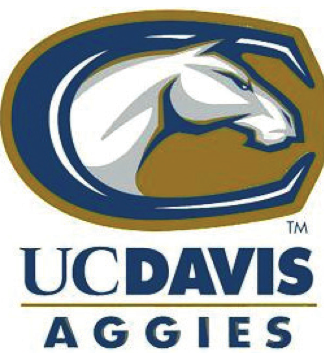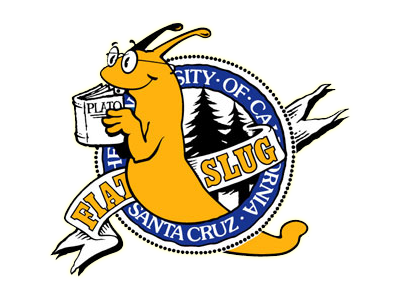The California public education program recently faced a serious funding crisis, forcing schools to reject many California students.
For all 2013 high school graduates, Cal State schools have frozen enrollment for the fall semester. With these campuses closed, prospective students will be placed on a wait list, with enrollment dependent on the outcome of a tax initiative designed to help fund education.
Cal State schools need to reduce enrollment because they do not have the funds to maintain more students on campus or to uphold programs at the current level. According to the LA Times, admission is being cut to cover the $750 million budget cuts made in the 2011-2012 school year and to prepare for the additional $200 million cuts that will occur if the November tax initiative does not pass.
“The main reason behind freezing the enrollment is to maintain the quality of education CSU students receive,” said Public Affairs Assistant of the California State University system Elizabeth Chapin. “The CSU will continue to advocate that the state reinvest in higher education but [if this does not occur,] we will look at options to limit future enrollment.”
This ‘freeze’ in enrollment, which will still admit qualified students but will place them on a wait list to begin taking classes, will affect all of the 23 Cal State campuses. Fall applications to Cal State schools number around 900,000 a year, with 90,000 of these eventually enrolling. For the spring semester, about 70,000 students apply with 16,000 enrolling annually. Due to funding constraints, none of the campuses will make early decision admissions and the spring 2013 semester will have more restrictive enrollment. If the November tax initiative fails, the CSU system will cut its overall enrollment by 20,000-25,000 students for the 2013-2014 school year. Many transfer students, who usually begin CSU education in the spring semester, will only have the choice of eight of the 23 campuses to attend (Channel Islands, Chico, Easy Bay, Fullerton, Los Angeles, San Francisco, San Bernardino and Sonoma).
The unavailability of these colleges has the potential to either create much more competition in lower level UC schools or to cause students to turn to community college. Community colleges may become overfilled as about 3 percent of the student population, who would attend a CSU school, will now have to go to community college. Many students may also look at out-of-state schools, however, the tuition for these schools is nearly double that of state schools.
“For many Cal State-bound students, UCs are not an option due to how competitive they have become,” said Lutsky. “Cal State schools could raise tuition again but because of this year’s increases, they have faced a lot of criticism from the press and other universities and, cutting staff and departments leads to the risk of the colleges becoming downgraded.”
However, the UC schools are having as much trouble as the Cal State schools. Due to the lack of funds, a large number of students attending the schools are simply unable to get the classes they need to graduate in four years.
In face of all of these cuts, the UC and Cal State systems’ reputations are reducing in rank.
“Califoria is known for having universities in the top 100 ranking of all United States colleges. If the funding goes down, we can only assume that the quality of education and the reputation of the Cal State program and UC schools worldwide will go down.”
– College and career center advisor Robin Lutsky
- According to the LA Times, the University of California offers fall entrance this year to 43 percent more non- California freshmen than last year.

- In a poll taken by CHS for seniors who applied to UC schools, the admissions for 2011 was estimated at 193 acceptances, whereas for 2012 it was only about 166 acceptances.to limit future enrollment.

- According to www.businessweek.com, tuition at Cal State campuses will be $5,970 next fall, more than triple what it cost about a decade ago.

- According to the LA Times, overall, the admissions rate for California students declined from 69.7 percent last year to 65.8 percent for fall 2012.








